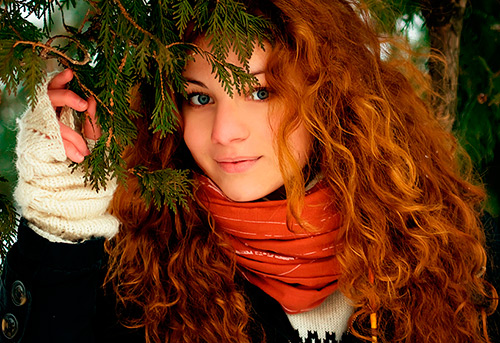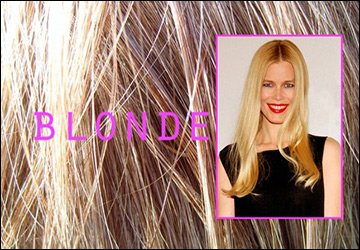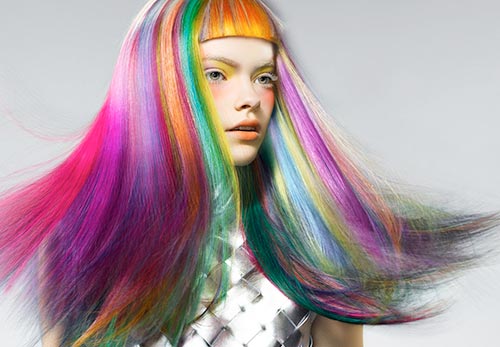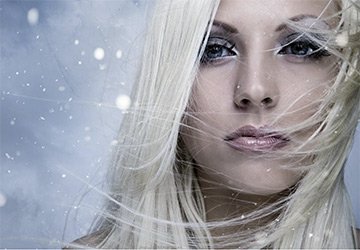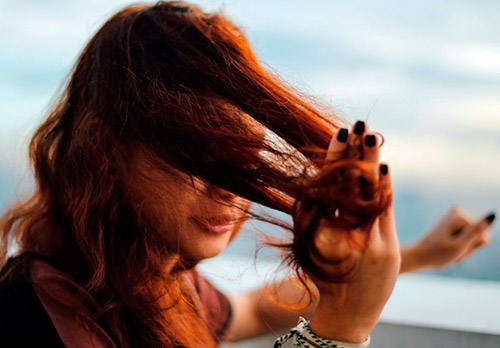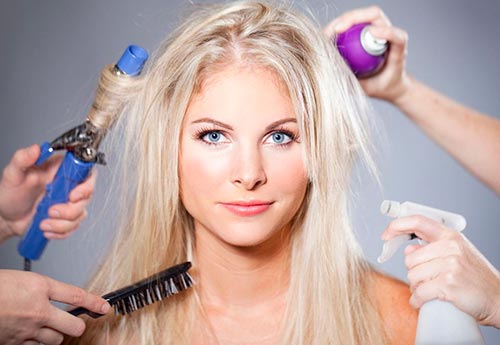Hair care
How to care for hair with the onset of cold weather?
With the onset of the first cold weather, many notice that the condition of the hair and skin is deteriorating. But if using protective and intensely moisturizing products for the skin will be the simplest solution, then everything is not so smooth with the hair - in the literal sense of the word. They become dry and brittle, curl and become highly electrified, and may even begin to fall out strongly. mystyle.decorexpro.com/en/ I decided to find out from experts-trichologists what proper care of curls should be in the autumn-winter season.
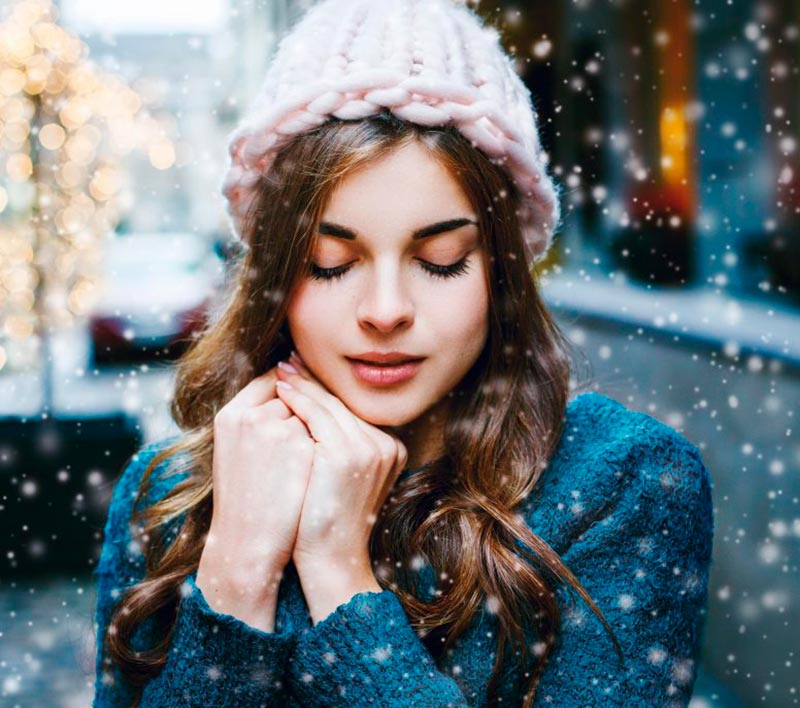
What happens to hair in winter?
Most often, women notice that dandruff appears on their hair, the scalp itches, the curls themselves become dull and brittle. This is a consequence of the negative influence of cold winds, frost, temperature drops outside and indoors, as well as wearing hats. But, by the way, hats cannot be avoided, especially when it is frosty outside - below we will tell you in more detail why.
Itching and dandruff, as well as hair loss, may occur due to vasoconstriction from the cold. The natural secretion of sebum from the follicles decreases, and the hair becomes too dry. The electrification of the hair on the head occurs due to the wearing of synthetic things in the cold season, whereas in the summer we do not notice this, since we wear natural fabrics. What to do? Here are the basic rules.
1. Wear hats
This is the first rule for winter. Hair is the same organ of our body as the skin. They also need protection from the cold. Even if you do not feel frost on your scalp due to thick hair, do not neglect a hat. After all, the curls also freeze, as a rule, the temperature below +5 - +7 degrees Celsius will already be a negative factor, and especially if you go out into the cold with a damp head. This is fraught not only with a worsening of their condition, but also with colds.
Choose your hats, shawls, scarves, berets from natural fabrics so that the hair does not become electrified. Forgot your hat? Be sure to wear a hood or wrap a scarf around your head. Try to take off your hat in heated rooms, as your head will get very hot under it. Such temperature changes are also fraught with a deterioration in the condition of the curls.

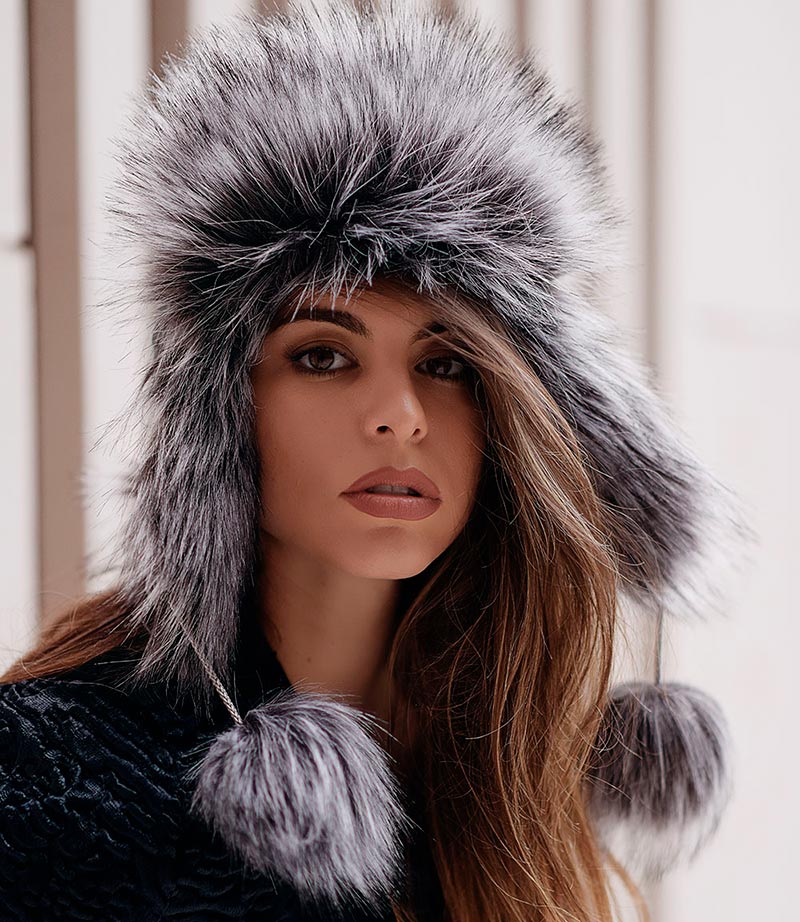
2. Pick up seasonal care
For summer, one care is needed, while for winter and cold weather, it is completely different. This applies to both skin and hair. If in the summer we often wash our heads and use protective sprays with SPF-protection against ultraviolet radiation, then in the fall we need protection from wind, cold and precipitation. Choose special winter hair care lines. Shampoos here will be softer and more gentle, and balms - intensely moisturizing.
Don't forget about protection. Typically, leave-in serums, sprays and creams are used. But frequent wearing of a hat and not having to wash your hair every other day can lead to faster oily skin and curls. Choose light textures and apply them only to the ends, avoiding roots, and do not rub into the scalp.
3. Make nourishing masks
But once or even twice a week, be sure to pamper your hair with intense nourishing masks or oil overnight or for a few hours. The easiest option is to choose a ready-made store mask from the same line of winter hair cosmetics. But you can also use any home remedies, including vegetable oils - olive, almond, castor or burdock, peach seed oils, sea buckthorn and ylang-ylang oils.
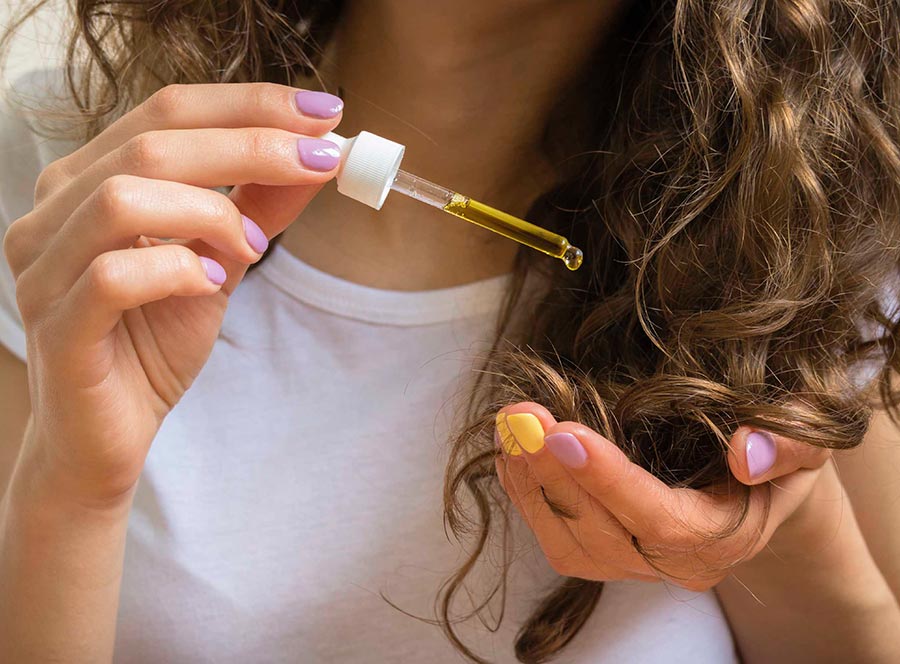
For homemade masks, you can use kefir and yogurt, egg yolks, avocados and even bananas. For dry and lifeless curls, honey and sour cream are suitable.You can use ready-made dry mixtures of pharmacy masks based on clay for oily hair. For additional vitaminization, it is worth adding capsules of vitamins A and E to the mixture or to a store mask.
4. Use less styling products
Again, because the curls will often be under a hat or other headgear. By keeping the scalp warm, the hat will nevertheless make the hair suffocate. To avoid this, but still provide protection from the cold, do not use varnishes, foams, mousses, greasy gels and waxes.
To keep your hair free of electrification, wear natural hats. Another trick is the use of thermal water. When entering the room, take off your hat, sprinkle your hands with thermal water and lightly run your fingers over the curls. Do not forget that it is categorically impossible to go outside with a wet head - use thermal sprays only in warm rooms!
5. Less heat styling
Everything is clear here: thermal devices always negatively affect the curls, regardless of the season. Therefore, of course, you need to minimize their use. The fact that in winter we have to wash our hair less often and use a hairdryer will already play into our hands. But if you have oily hair and scalp, you will need to wash your hair often.
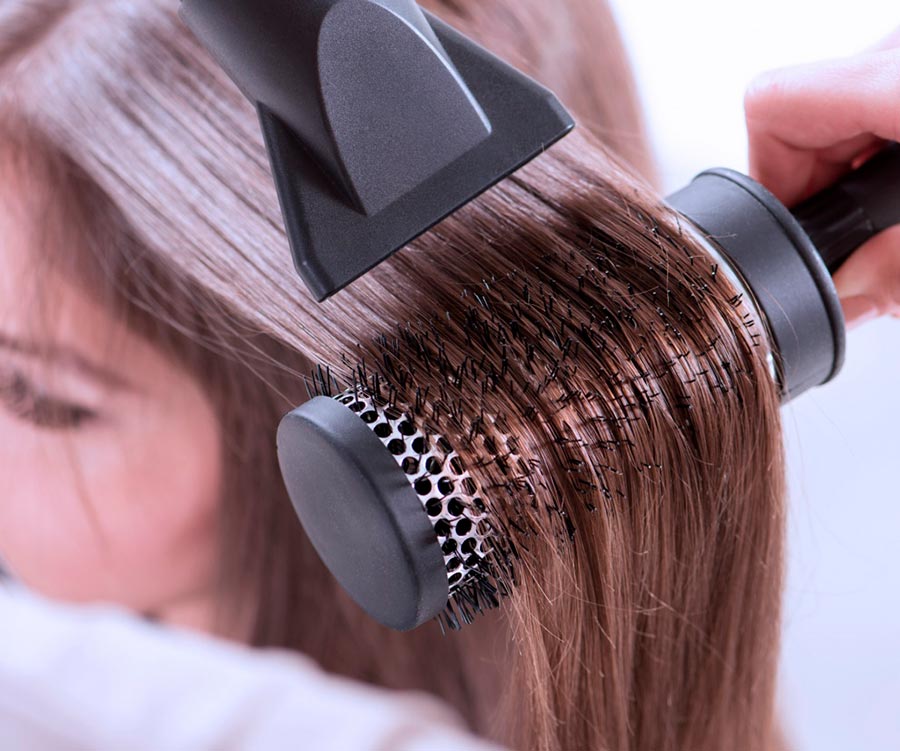
Therefore, it is worth lowering the temperature of the thermal devices by a few degrees in order to avoid even more overdrying of the curls along the length and at the ends. If you have enough time, let your hair dry naturally. Do not brush them wet, and only when the curls are almost dry, give shape with a hairdryer and a brush.
6. In winter, try to paint only the roots.
Yes, beautiful modern dyeing techniques involve frequent color changes along the entire length of the curls. But nevertheless, at least for a period of severe frosts, it is worthwhile to limit ourselves only to painting the roots. Firstly, it will have a good effect on oily hair and for those who have to be in a hat for a long time. Coloring the roots will add more dryness to your oily scalp.
And secondly, the absence of a negative effect of coloring agents on the entire length of the hair will allow you to avoid even more stress for them from the cold, excessive dryness and brittleness. If you need to update the color along the entire length, make it brighter or remove yellowness or gray hair, use various tint shampoos and masks that will not eat into the hair structure and will not injure it.
7. Nourish your hair from the inside out
Finally, about the internal complement of external care. In general, we always need vitamins and minerals. But in winter, in the absence of an abundance of natural vegetables and fruits, it is better to pay even more attention to this. Vitamin complex, as well as essential minerals (calcium, potassium, phosphorus in particular) will give the hair extra strength. Include foods with healthy omega-3 fatty acids in your diet: red fish, nuts, unrefined vegetable oils, or fish oil.

Another thing we often forget in the cold season is that we drink enough fluids. We do not feel thirsty due to the low air temperature, as it happens in summer, and we can sit all day in the office, forgetting to drink water. But tea, coffee, latte or cocoa are not pure liquid. Therefore, drink at least 1.5 liters of ordinary plain water. This will allow the curls not to lose moisture from the inside, which is also very important, to remain soft, elastic and smooth.
Comments and Reviews
Add a comment
Rating news
Shades of clothing that make women look younger
What shades of hair make women younger: rules and photos
Funny wedding dresses - photos and ideas
12 most expensive down jackets for the winter
How to look 25 at 40: tips from supermodels
Beautiful schoolgirls
Anti-aging haircuts and hairstyles for women
Fashionable skirts for autumn and winter
Fashionable women's trousers for the cold season
Fashionable and stylish sandals for summer 2024
Spring-summer 2024
 Fashionable dresses and tops with thin spaghetti straps
Fashionable dresses and tops with thin spaghetti straps
 Bandana tops: how to wear stylishly and beautifully
Bandana tops: how to wear stylishly and beautifully
 How to put together the perfect men's wardrobe for the summer
How to put together the perfect men's wardrobe for the summer
 Fashionable shorts for spring-summer 2024
Fashionable shorts for spring-summer 2024
 Fashionable skirts for spring-summer 2024: a guide to online shopping
Fashionable skirts for spring-summer 2024: a guide to online shopping
 The most fashionable dresses spring-summer 2024: styles and colors
The most fashionable dresses spring-summer 2024: styles and colors
 Fashionable total look 2024: ideas of images and trends
Fashionable total look 2024: ideas of images and trends
